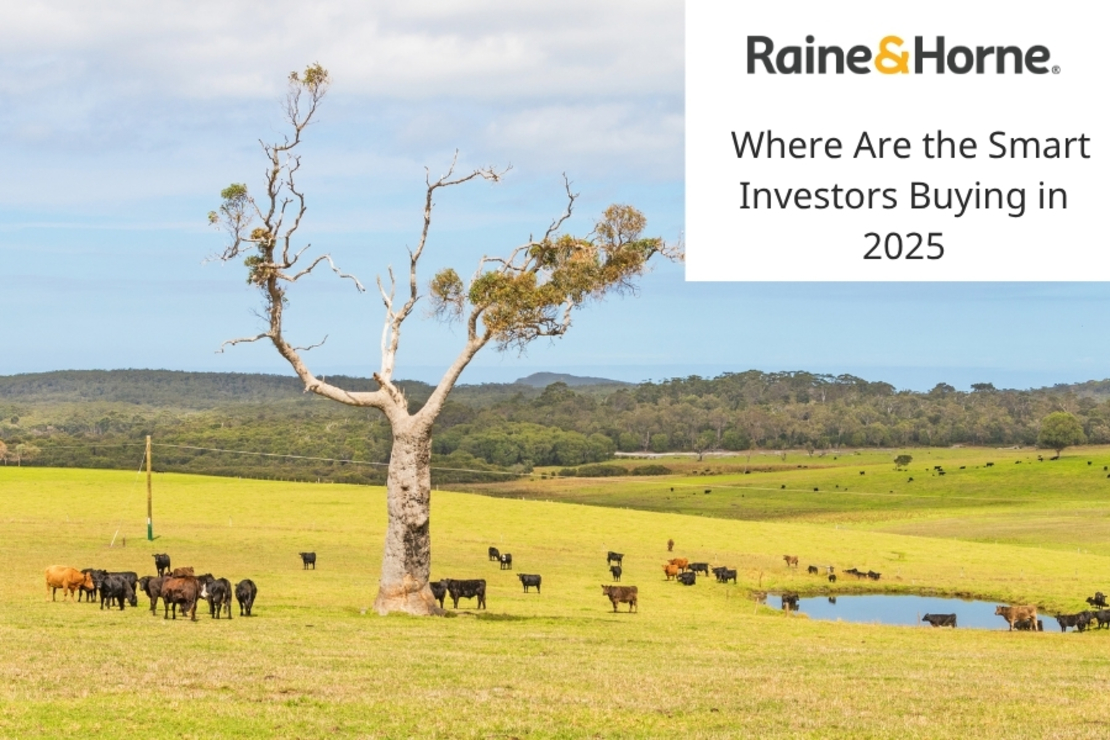- Home
- Blog
Wagga Wagga Blog

REGIONAL VS METRO
Regional vs Metro: Where Are the Smart Investors Buying in 2025?
The Australian property market continues to shift in 2025, and savvy investors are asking a critical question: Should I invest in the city or the regions?
With high interest rates, tighter lending policies, and ongoing lifestyle shifts post-pandemic, the traditional rules of real estate investment are being rewritten. Regional centres are no longer just the affordable alternative — in many cases, they’re outperforming metro markets in both rental yield and capital growth.
Let’s break down the key differences and see where smart money is flowing in 2025.
Metro Markets: Stability with a Premium Price Tag
Major cities like Sydney, Melbourne, and Brisbane have long been considered safe investment zones due to their strong economies, population growth, and diverse job markets.
Pros:
- Proven long-term growth.
- Strong infrastructure and access to amenities.
- High tenant demand, especially in inner-city and lifestyle suburbs.
Cons:
- Lower rental yields (often 3–4% gross).
- Expensive entry point – median prices in many capital cities remain above $1 million.
- Greater exposure to interest rate changes.
In 2025, Sydney and Melbourne are seeing a flattening in growth as affordability pressures keep many buyers out of the market. However, blue-chip suburbs and well-located units are still attracting interest from long-term investors.
Regional Markets: The Rise Continues
Post-COVID, the regional boom was expected to slow down — but many areas have held firm or even continued to grow. Places like Wagga Wagga, Ballarat, Orange, Toowoomba, and Launceston are thriving thanks to improved infrastructure, flexible work culture, and population movement.
Pros:
- More affordable buy-in – with homes still available under $600K.
- Higher rental yields – often 5–6% or more.
- Lifestyle appeal is driving demand and long-term growth.
Cons:
- Smaller tenant pool in some towns.
- Local economies can be more sensitive to industry shifts.
- Slower resale timelines compared to capital cities.
Investors who bought in regional NSW or QLD between 2020 and 2023 are now enjoying strong cash flow and capital growth — especially in towns with hospitals, universities, or major infrastructure projects.
What Are Smart Investors Doing in 2025?
The best investors in 2025 are diversifying. Rather than choosing just metro or regional, they’re building portfolios that balance:
- Yield from regional areas (like Wagga Wagga, Dubbo, or Bundaberg).
- Capital growth from strategic metro purchases (such as outer-ring suburbs in Brisbane or Perth).
They’re also paying close attention to:
- Infrastructure spending (look at rail links, hospitals, airports).
- Regional job growth and population data.
- Short-stay vs long-term rental demand.
Final Thoughts: What’s Right for You?
There’s no one-size-fits-all answer — but the idea that metro is always better is outdated. With the right research and guidance, regional Australia offers serious value in 2025, especially for those seeking strong returns and long-term growth.
Looking to explore regional investment opportunities? Let’s talk about what’s happening in your local market — and where the next growth pockets might be.